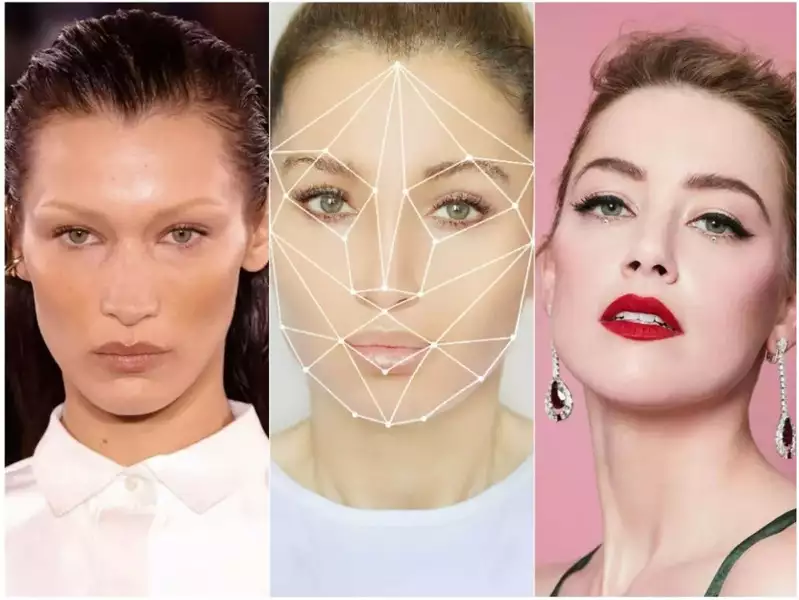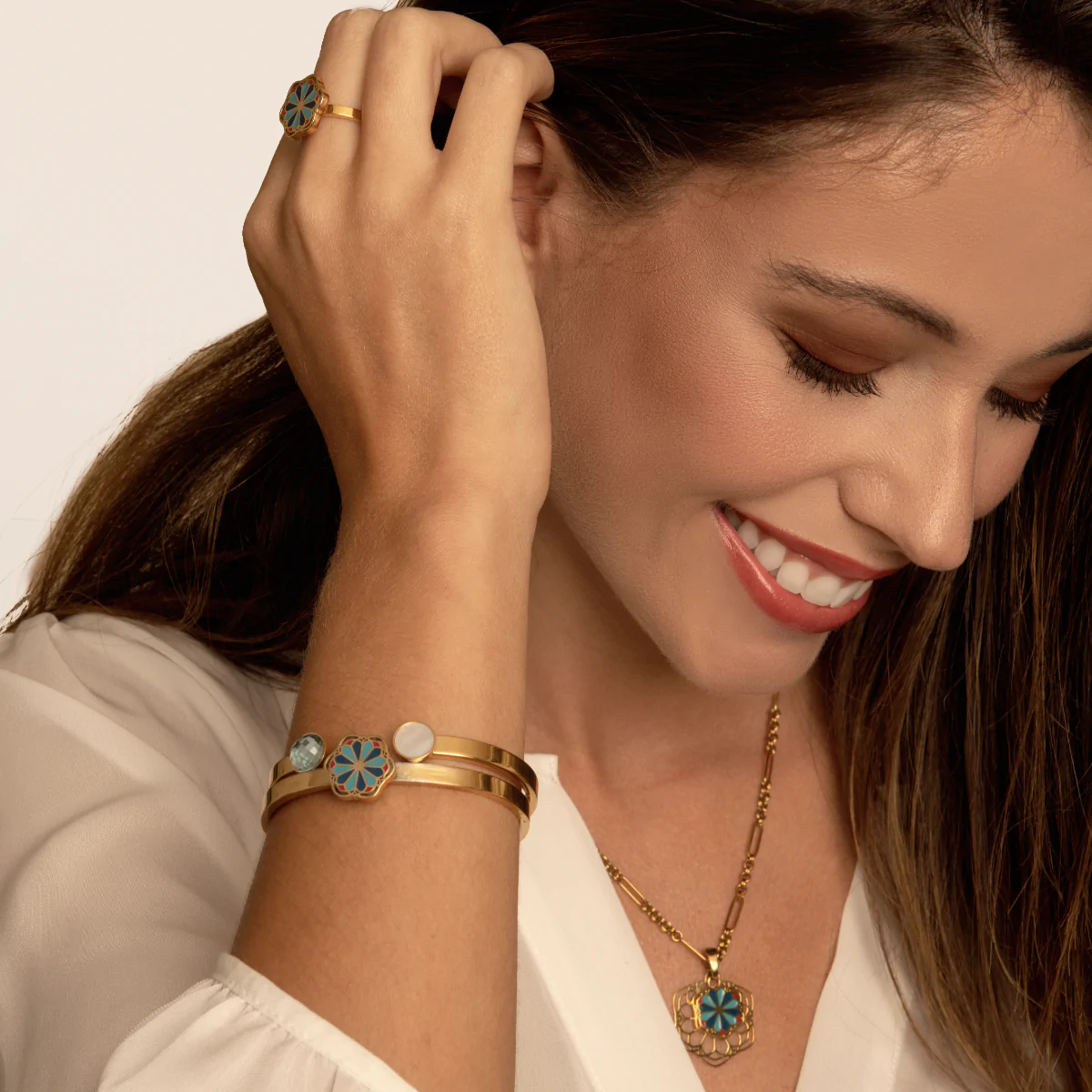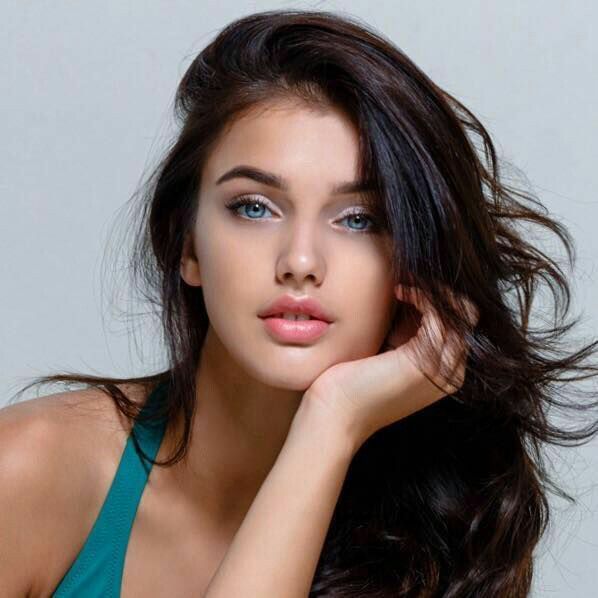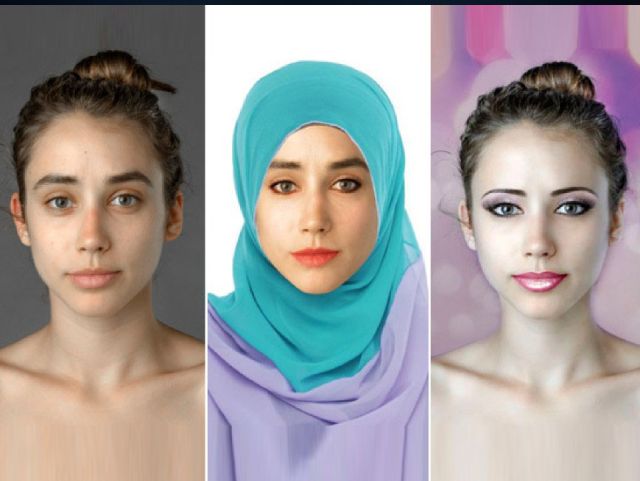On the different theories of beauty and the role of imminent in the judgment of beauty.
The psychology of beauty is complex not just because the idea of beauty is as yet undefined but also because it is mainly true that beauty lies in the eyes of the beholder or how persons perceive other people or things. Beauty can attributed to all that appeals to our senses and all matter that are well-matched with our personal preferences. Beauty as we perceive it is largely a protrusion of our needs and beautiful matter or persons simply cater to our idealizations or fancies and reproduce our natural need to relate to all that is good-looking. Human beings are controlled by the good sense and we tend to repeat processes or experience that appeal to the senses that are harmonious and have structure and form. Beauty appeals to our sense of sight so there is a preference for repeat the experience of beauty.
But how do we perceive beauty and why are some people or objects careful more beautiful than some others? mental tests have considered symmetry and proportion as extremely important in the perception of beauty. Beauty is also more holistic than specific as a beautiful object is judge as a whole package that is appealing rather than judged on the basis of its parts. Freudian or psychoanalytic explanation of beauty are scarce but psychoanalytic concepts could be used to think our judgment of beauty as a projection or wish completion so people attractive to us are classically ones who we admire or who in some way stand for our own desires and fancies. Psychoanalysis can also be compatible with the idea that beauty is preferential perception when there is similarity with a parent. Most people also considered beautiful when they have baby-faced features or a exacting innocence in their faces. Beauty can also ethnically motivated so in certain eastern cultures women with beautiful feet are considered good-looking whereas in Victorian era in England, women with stylishness and grace were the ones with smooth neck and tiny waist and modern western women judged on the basis of their breasts, base and lips. The perception of beauty can change and study have found that women may prefer softer features of men throughout particular times and more masculine features at other times depending on the phase of their reproductive cycle. So there are in fact several theories of beauty which are discussed here one by one.
1. Beauty as Symmetry and Proportion – As you might have notice in case of ancient architectural marvels, symmetry was extremely significant. Whether it was the great pyramids in Egypt or the architectural wonders in Greece, symmetry and perfect size played an important part in the history of aesthetics. This whole idea of regularity also applies to every other object or person that we perceive so a person with perfectly regular face would also be careful as an essence of physical perfection. Perfectly shaped and sharp features are good-looking to most people and the most beautiful faces are the ones which have very balanced features. The same applies to the body and the low waist to hip ratio charitable a curvy lower part of the body in women considered more attractive than a straight shape which usually does not indicate richness. As human beings are finally looking for evolutionary gain women with curvy shapes are careful more fertile and are thus better-looking to men. Similarly men with fit and muscular bodies are good-looking to women. However many men might not prefer extremely voluptuous or curvy women just like many women may not prefer very muscular men. This suggest that proportion is also about control or maybe human beings are more comfortable with certain moderation in what they perceive rather than excess and that way the insight of beauty may even depend on some sort of social encoding.

2. Beauty as a whole rather than parts – When we consider amazing beautiful, we usually try to take a broad holistic view. Thus when we consider a rose as beautiful, we are less helpful towards each petal and consider the regularity of the flower as a whole. In a similar manner, when we think the face of a man or a woman, beauty is the compound quality that seems to represent the whole face of the individual rather than the parts or exacting features. Our senses prefer a holistic view and perception of things and thus a person considered nice-looking or beautiful only when all features add up to something really enjoyable to the senses.

3. Beauty as projection and wish completion – The perception of beauty is not only a mental process but also a deeply personal one. If say your lover has blonde hair, you power find other blonde haired people very attractive since you tend to project your inner fancy on to other people. The ‘he’ looks like my lover or ‘she’ looks like my lover is a common condition in our insight of beauty and people who are distantly similar to our mates are abruptly more beautiful to us than others. The same protuberance applies in case of selecting a mate who resembles a parent. If a man looks like your father or a member of the family he is obviously far more attractive to you than to others. The wish completion theory is also equally true and when we want to be like someone in terms of talent or certain character, we naturally consider that person as totally perfect and beautiful. Some teenagers may worship popular actors or actresses and the need to be like them also determines their own perception of beauty.

4. Beauty as innocence and charm – No one can deny that a delightful personality with social confidence can be far better-looking than a dull personality. A person who has the intrinsic ability to attract individuals with the sheer force of character and presence is careful highly attractive. In some way there may an association flanked by good looks and social confidence and from time to time individuals with good looks are also socially most conventional and thus more confident. persons with baby-face features with high or defined cheekbones and sure innocence on their faces are usually careful very attractive by both the sexes. Beauty is beneficial in social version and good looking people are thus socially successful as well, as they get support and positive appraisal from other people. However the opposite in also true and from time to time good looking women and even men can become very self-conscious and fail to develop ample self poise. Good looks can in certain cases become an obstruction as good looking women who are also clever may be judge more on the basis of their looks rather than their cleverness and this is from time to time a sad fact in modern society.

5. Beauty as a product of culture and society – This is an conventional fact. The concept of beauty seems to change with time as society changes and the insight of beauty varies in dissimilar cultures. Dark skin is careful very attractive in Western societies and whiter skin is careful as attractive in Eastern societies, beauty because of the part of novelty in both the cases. Feet and hair of women are important features in Eastern cultures whereas in the West, the woman’s lips, and hips are careful important. The breasts of women are important indicator of beauty in all cultures and men’s body and chin or jaw and certain masculine sharpness are also careful as attractive. Studies have indicate that women however tend to prefer dominant looking men through the first follicular stage in their reproductive cycle but prefer men with softer more feminine skin when they are in their menstrual and ovulation stages. This may have some evolutionary benefit as men with feminine soft natures and faces are careful as more stable and more family oriented than men who have extreme maleness or a sort of raw appeal. This however too generalized and there are person differences as well.

Finally, beauty is about how we distinguish the outer world and how we integrate our needs and project our wishes on what we see in the external world. ‘Beauty in the eyes of the beholder’ in totally correct from a psychological view as our own preferences change with time and so do our needs, aesthetic sense and perception of beauty.



